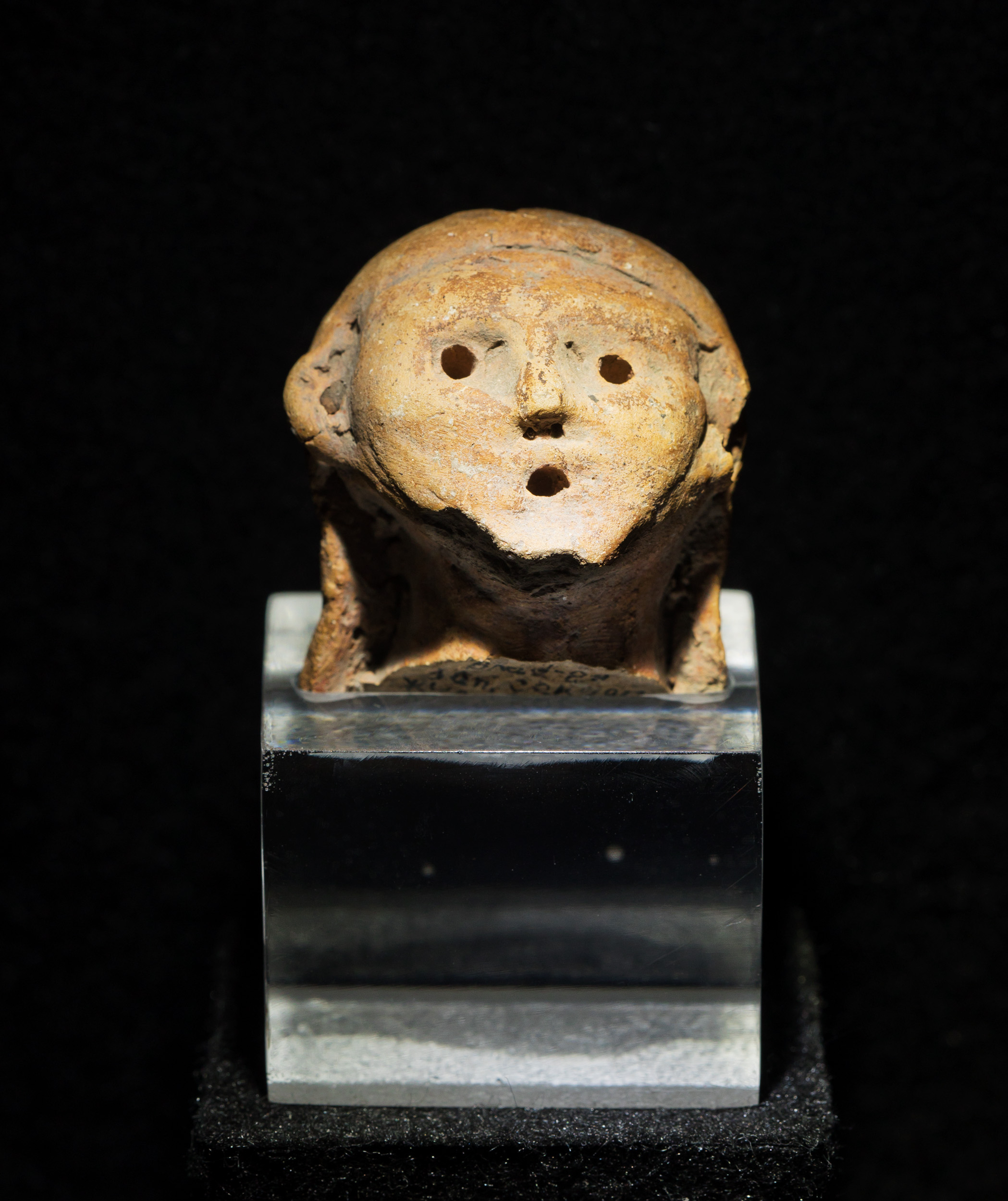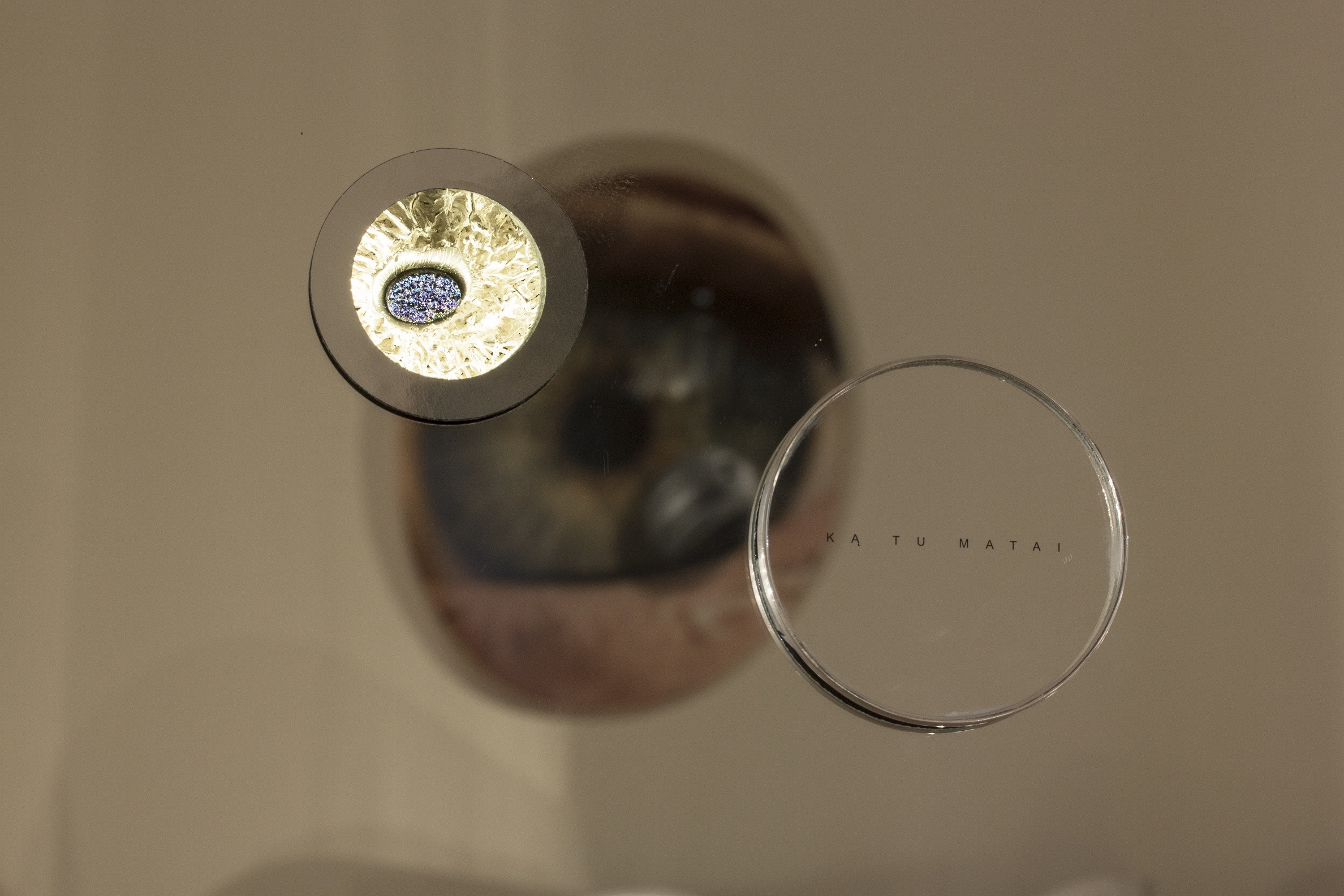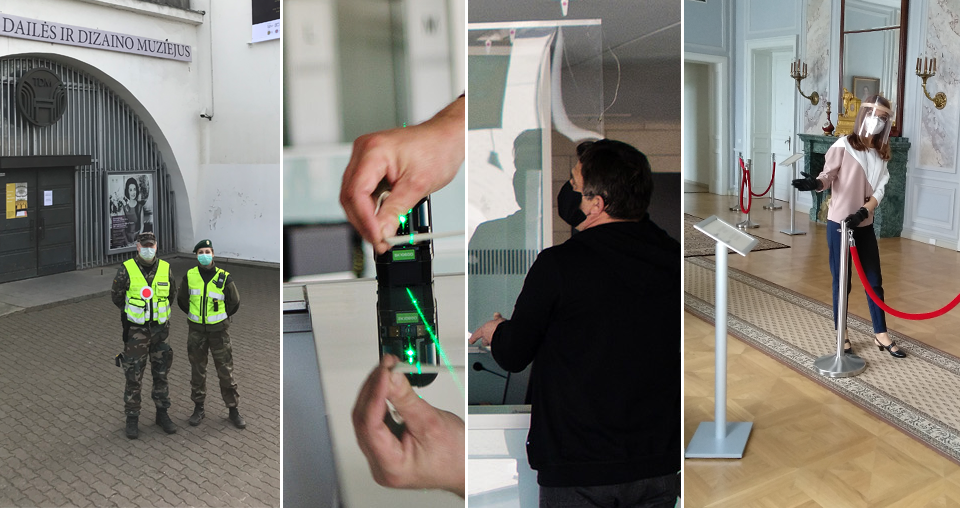Lithuanian National Museum of Art reopens its highly popular exhibitions on 5 May
From 5 May, the Lithuanian National Museum of Art will be safely and responsibly reopening the exhibition Red Becomes White Whilst Falling. Linas Leonas Katinas at the National Gallery of Art (Konstitucijos ave 22) and the exhibition Civilisations of Ukraine. From Trypillian Culture and Scythian Gold to Maidan at the Museum of Applied Arts and Design (Arsenalo str. 3A) in Vilnius, as well as the ever-popular Amber Museum in Palanga (Vytauto str. 17).
“We are happy to once again be able to welcome visitors at our museum. For now, we are only opening three of the museum’s nine departments, since we care for the safety of our staff as much as that of our visitors,” said the museum’s director Arūnas Gelūnas. “Only staff who are not at risk for coronavirus will be working directly with the visitors. Everyone has been informed of the potential risks, as well as what protective equipment they will have to wear, how to ensure appropriate hygiene on the museum premises and how to manage the visitor flow. We hope that visitors will feel safe, while also acting responsibly and showing good faith, and that the need to follow the rules of quarantine will not restrict them from having a pleasant and meaningful experience.”
We will welcome visitors who are prepared to wear a protective mask and gloves at all times, keep at least 2 meters away from other people, pay attention to the instructional lines on the floor and the requests of the museum staff, and practice proper coughing and sneezing etiquette. We are also hoping that they will opt to use bank cards when paying for museum tickets or other services whenever possible. Informational sheets will be distributed to all visitors with detailed recommendations regarding their visit.

The exhibition Red Becomes White Whilst Falling. Linas Leonas Katinas will be available at the National Gallery of Art The exhibition welcomes visitors to take a look at L. Katinas’s mundus imaginalis – an imaginary world where reflections of everyday life, history and personal world-view become intertwined with mythology, archetypes and symbols. Much like a cartographer trying to transfer the curved surface of the Earth onto a flat map, the curator Jolanta Marcišauskytė-Jurašienė attempted to plot the trajectories and developments of the artist’s creative work and some chapters of his life. The exhibition showcases artworks, archive material and visual documents reflecting the artist’s on-going creative journey starting from the 1960s and leading up to present day.
The gallery is open 12:00 PM–6:00 PM Tuesday through Saturday and 12:00 PM–5:00 PM on Sundays. For more information, call 8 5 212 29 97.

The exhibition Civilisations of Ukraine. From Trypillian Culture and Scythian Gold to Maidan will be open to visitors at the Museum of Applied Arts and Design. Over 80 original artefacts from the collection of the National Museum of History of Ukraine are being displayed for the first time ever in Lithuania. The exhibition will introduce audiences to the land’s history and culture from stone and bronze ages all the way up to the recent revolutionary events in Maidan. Times from before recorded history are represented by examples of anthropomorphic statuettes from the Trypillian culture, a unique bronze-age calendar and the heritage of the first nations in history to be recorded living in the territory of Ukraine: the Cimmerians, Scythians, Sarmatians, Goths, Huns and Antes. Of particular interest are the world-renowned masterpieces of ancient art found in the burial mounds of Scythian chiefs. The Kievan Rus’ era is represented by a broad range of archaeological findings from everyday items to jewellery and articles of the Christian faith. The diversity of faiths and nations in Ukraine is reflected by 19th–early 20th century artworks created by Judeans and Crimean Tatars. The exhibition also features two important objects from Maidan Square – a shield and helmet made by the participants of the uprising, symbolising the Revolution of Dignity.
The museum’s opening hours remain unchanged: 11:00 AM–6:00 PM Tuesday through Saturday and 11:00 AM–4:00 PM on Sundays. For more information, call 8 5 212 18 13.

Palanga Amber Museum will be showcasing restored historic interiors of the estate, an amber exhibit entitled From the Formation of Amber to Unique Amber Articles of the Present, and the exhibition Confession by Eglė Čėjauskaitė-Gintalė and Martynas Gintalas. The permanent exhibition at Palanga Amber Museum reveals the secrets of the life of Counts Tiškevičius in Palanga and the visitors can also view enormous chunks of amber and see 50-million-year-old examples of flora and fauna trapped in these pieces of Baltic Gold. The crown jewel of the display is the Sun Stone weighing in at 3.524 kg, while the famous lizard inclusion will tell the story of its journeys around the world. A rich archaeological collection is also exhibited, while the jewellery collection has been recently supplemented with new works by contemporary jewellers. Magnifying glasses make it easier to view the articles, while mobile apps provide additional information. The chapel display room houses the exhibition Confession by Eglė Čėjauskaitė-Gintalė and Martynas Gintalas, which combines inspired jewellery and computer graphics. The exhibition was specially prepared for its environment, where a unique mood emanates from the sacral nature of the former Tiškevičius family chapel and the display cases that evoke the imagery of vintage opening mirrors. The artists suggest that the visitors should turn their attention inward, to their personal experiences and feelings. The exhibition’s cultural impact is not only visual or aesthetic. Creativity is shown as an act of fostering ethnographic culture, bringing items of our elders to a new life, emphasising the authentic relationship between man and nature, with particular importance put on the interaction between generations.
The museum will be open 11:00 AM–5:00 PM Tuesday through Saturday and 11:00 AM–4:00 PM on Sundays. For more information, call 8 460 51319.
Guided tours and educational classes at the LNMA will be suspended during quarantine.













